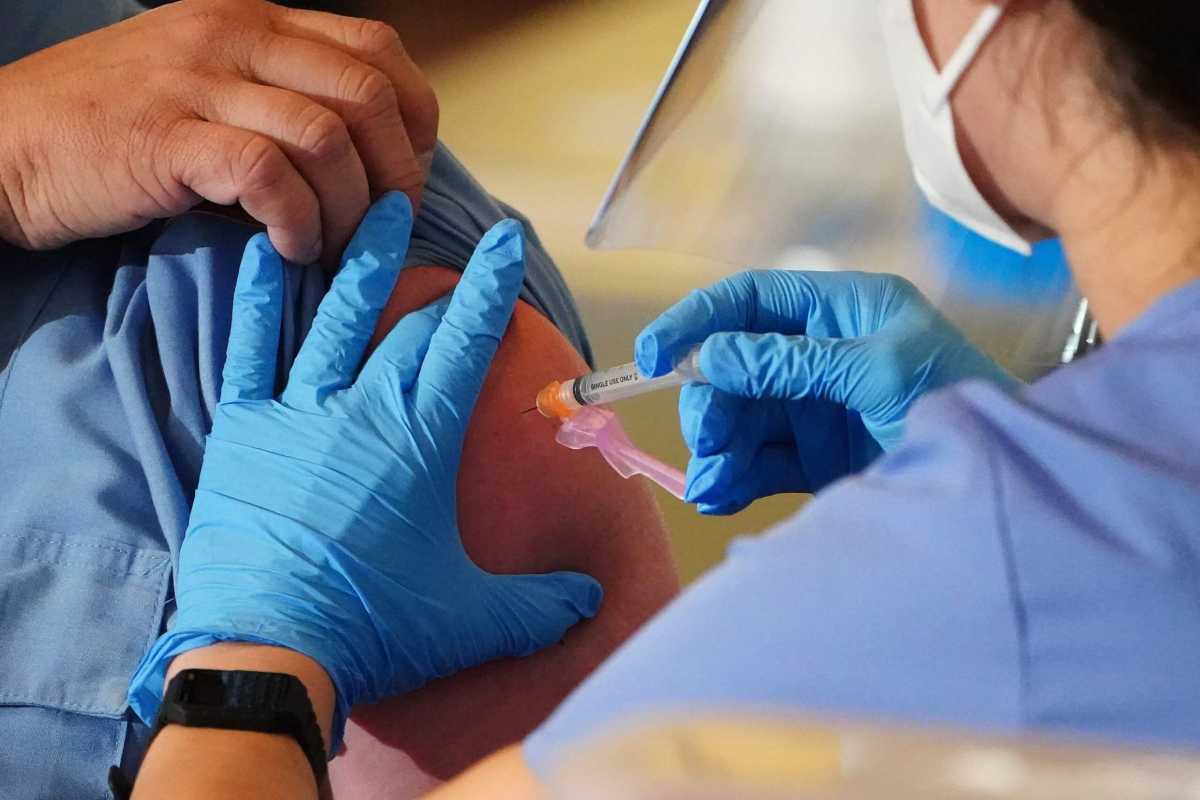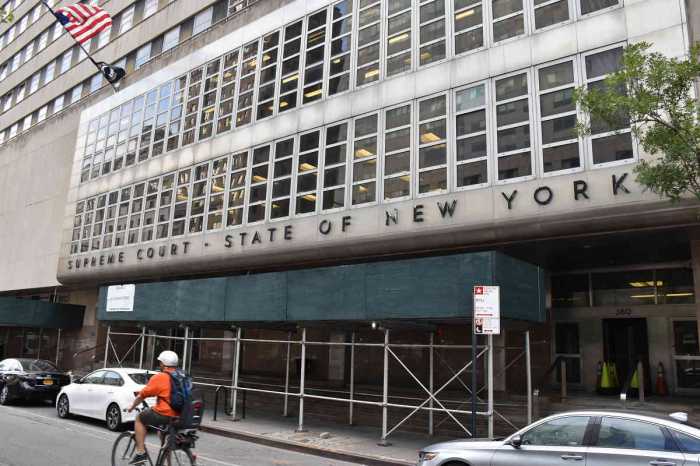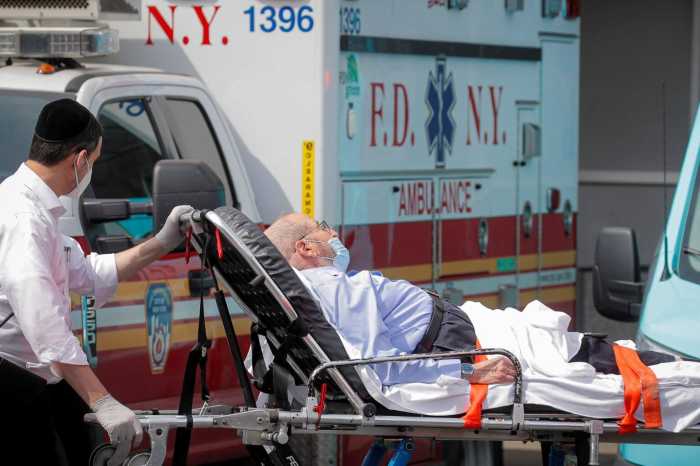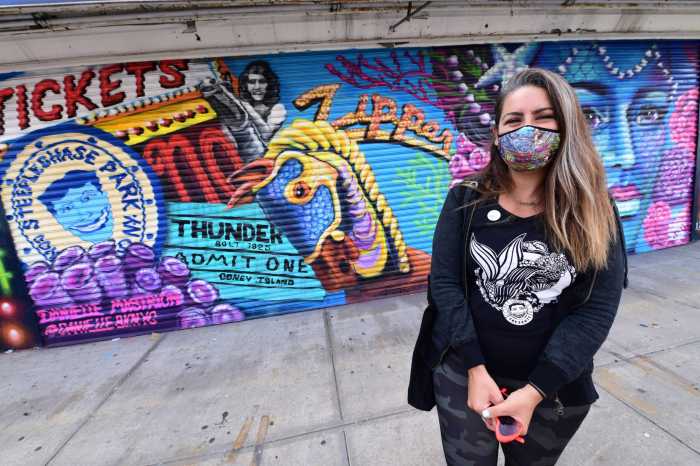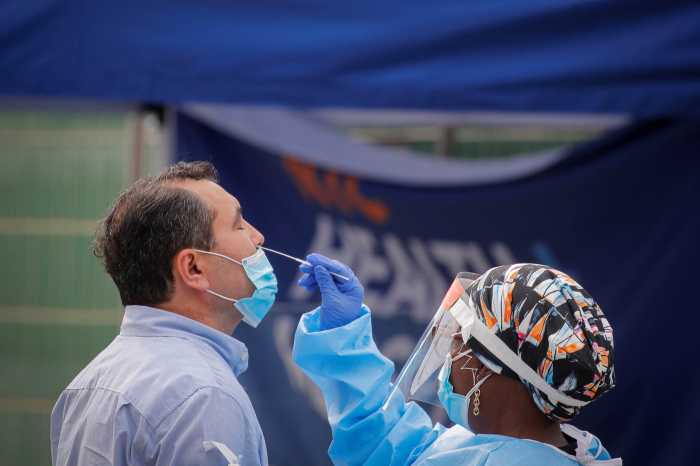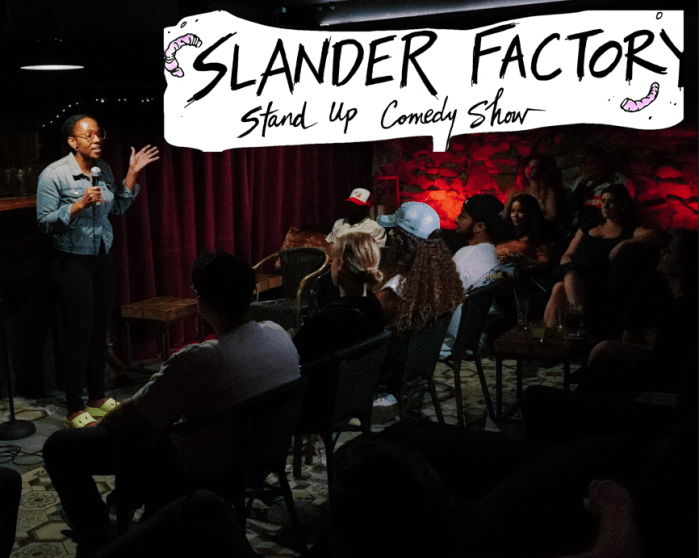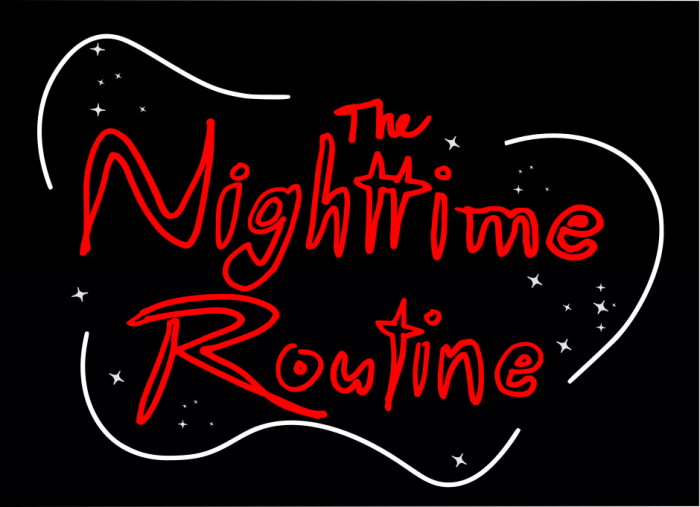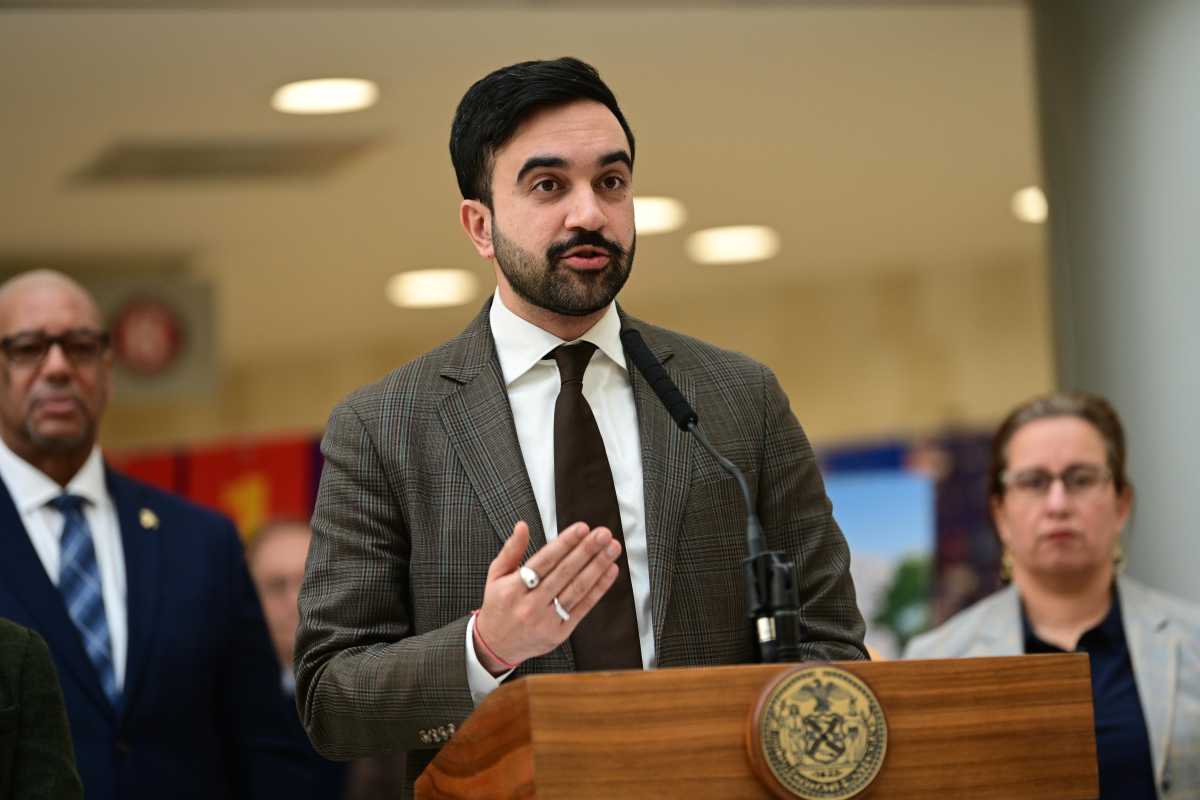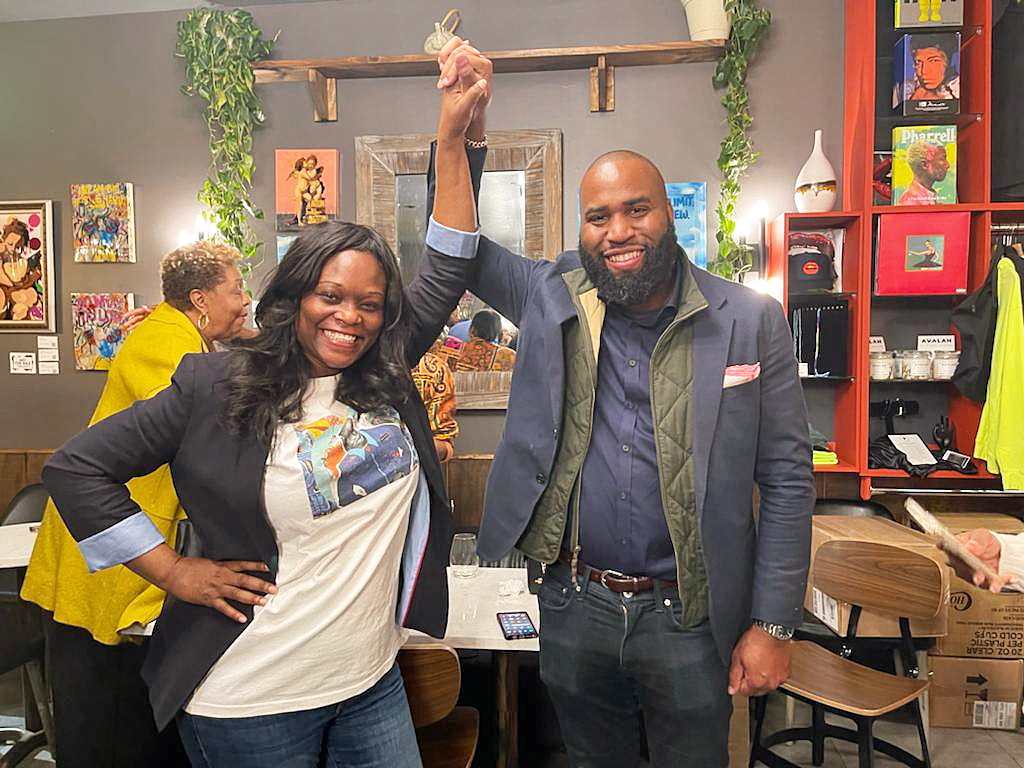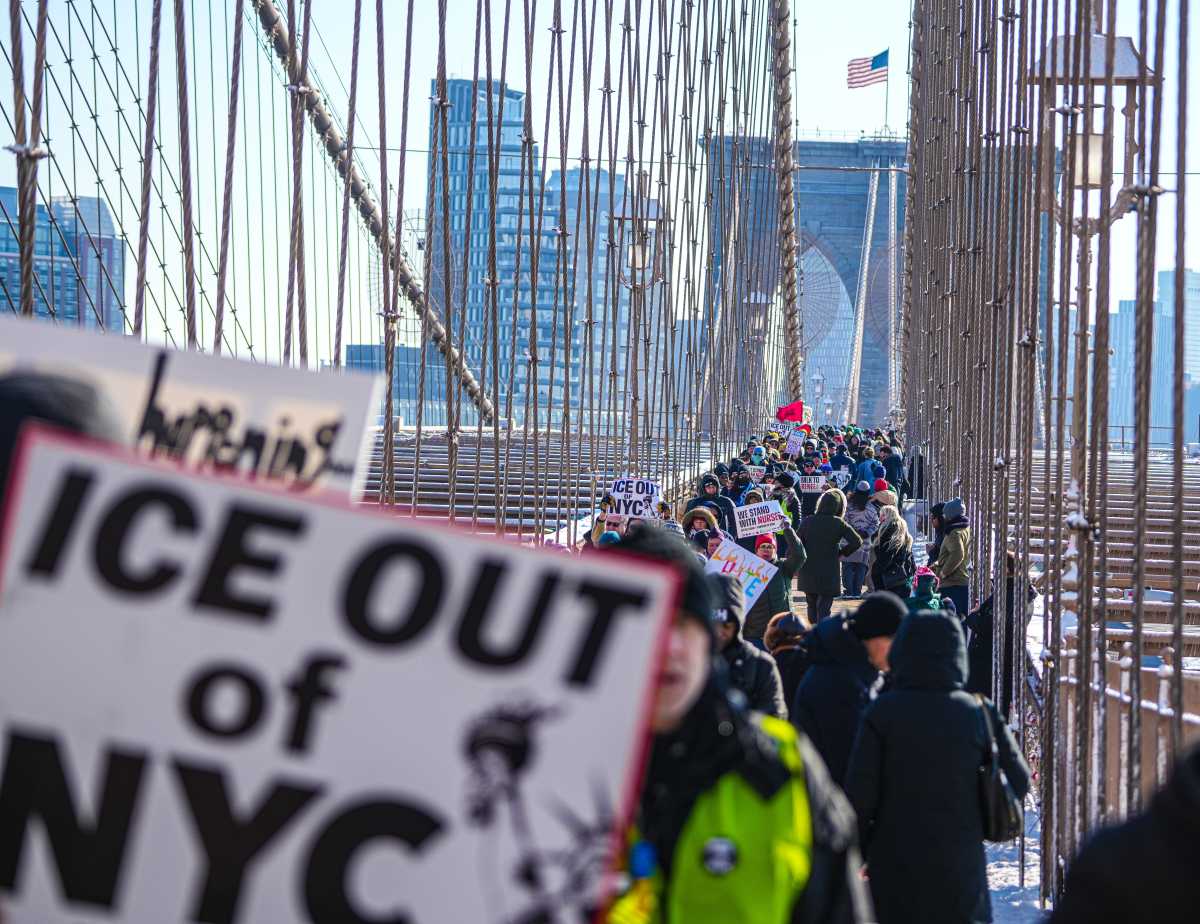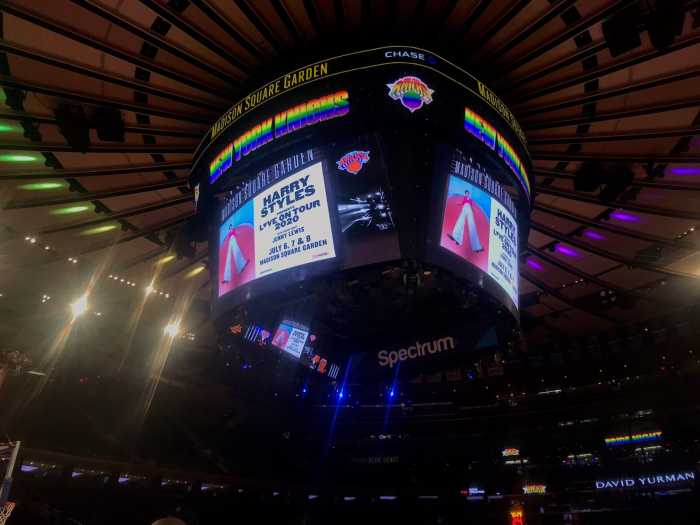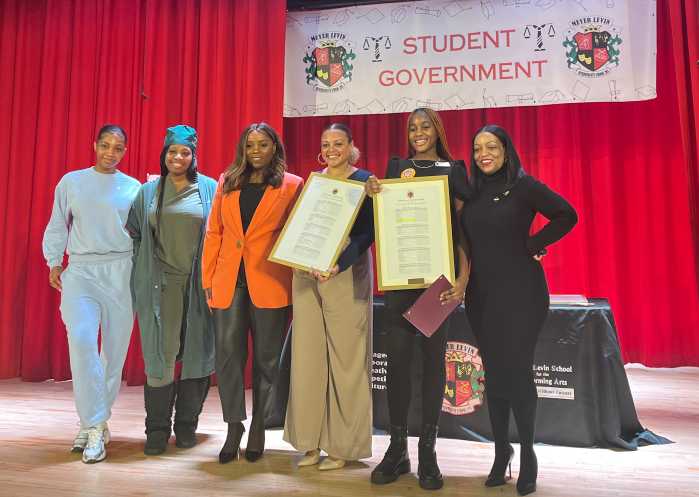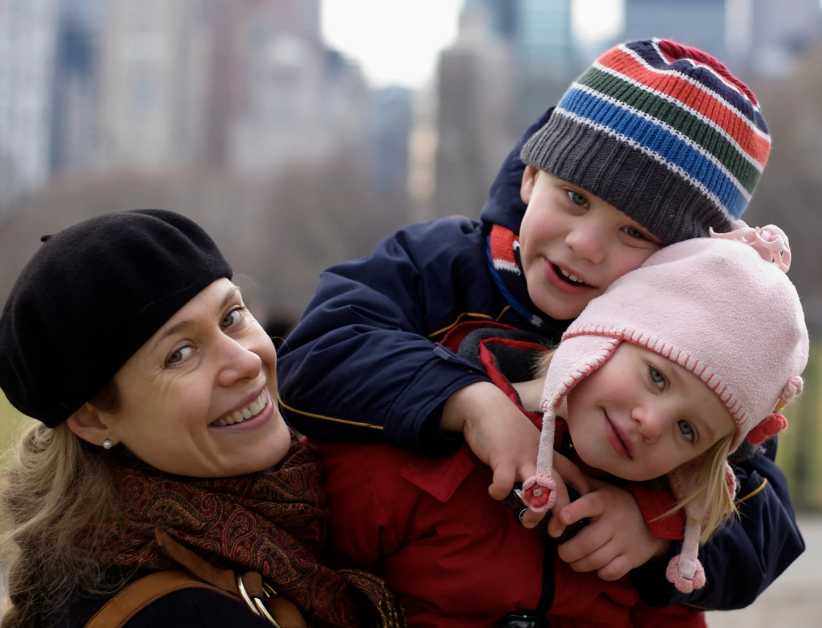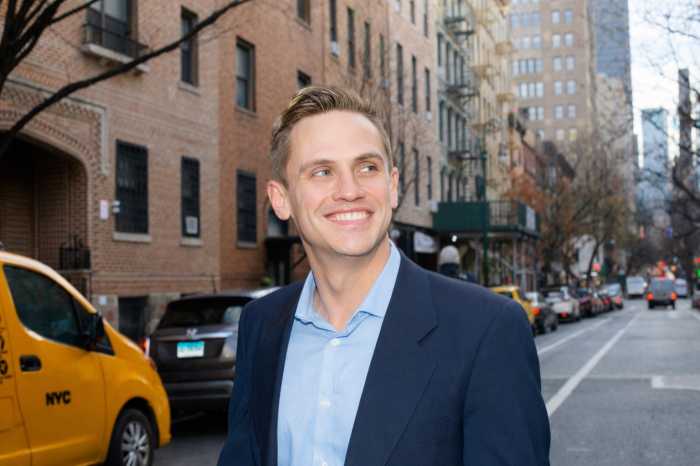While the pandemic figures to play a lesser role in this year’s holiday season, COVID-19 case counts remain troublingly high, and the situation is getting worse.
Public officials urged New Yorkers in November 2020 to avoid large family gatherings for Turkey Day, fearing a dramatic surge in COVID-19 cases in the weeks after Thanksgiving, which would spiral further during the December holidays — a prediction that came true, with deadly results.
But now, as millions of Americans have received the vaccine, and fears begin to subside, cheerful Brooklynites prepare to sit around the table with friends and family once more as the Thanksgiving spirit rolls into town with jolly jingle bells not far behind.
Still, the risk of COVID-19 infection remains, particularly among the unvaccinated, and cases are growing as the weather gets colder and more events move indoors — and Brooklyn has lagged behind other boroughs in the effort to prevent the spread of COVID-19.
Heading into Thanksgiving week, 25 ZIP codes across the Five Boroughs have seven-day positivity rates above 3 percent, according to the city’s Department of Mental Health and Hygiene.
Thirty-five neighborhoods saw 50 or more new COVID-19 infections between Nov. 10-16.
The Williamsburg ZIP code of 11211 led the entire city in the number of new COVID-19 cases last week, with 131. That was followed closely by 11385 in Queens with 127 cases, then by 11206 in South Williamsburg with 90 cases, and 11214 of Bath Beach, Bensonhurst, and Gravesend with 85 cases.
After that, the 11201 area code that covers Brooklyn Heights and Dumbo saw 81 cases, matching Bay Ridge’s 11209, which similarly saw 81 cases.
Transmission rates, which track the spread of COVID-19 across the city, are also ticking upward. The citywide rate, as of Nov. 14, stood at 99.94 cases per 100,000 people, up from 82.81 per 100,000 reported a week earlier.
Every borough, except for the Bronx, has a higher transmission rate than the citywide number, with Staten Island leading the way at 139.24 cases per 100,000 people.
But even with more New Yorkers getting infected with COVID-19, officials remain encouraged that hospitalizations and deaths remain stable and low. The hospitalization rate as of Nov. 14 was 0.64 per 100,000 residents.
Most of the COVID-19 infections requiring hospitalization in New York City continue to involve unvaccinated residents.
The hospitalization rate for unvaccinated New Yorkers, as of Nov. 7, was 14.41 per 100,000 residents. By contrast, the hospitalization rate for vaccinated New Yorkers infected with breakthrough COVID-19 cases was just 1.41 per 100,000.
Vaccines continue to provide robust protection from New Yorkers, and last week, the city and CDC urged all vaccinated New Yorkers to get booster shots to further protect themselves against the virus.
Treatment of COVID-19 has also come a long way in recent months, with new therapies such as monoclonal antibodies helping to reduce the severity of infection, and prevent New Yorkers from becoming seriously ill and/or dying of COVID-19.
But plenty of New York City neighborhoods continue to struggle with low vaccination rates. Eleven communities have 60 percent or fewer residents having received the first dose of the COVID-19 vaccine, with Borough Park atop that list with just 49 percent of residents with one dose and 46 percent fully vaccinated.
Other low-vaxxed areas include the 11692 ZIP code in Queens at 54 percent with one dose, and the Brooklyn areas of Bedford-Stuyvesant, Clinton Hill, and Fort Greene with 56 percent, Midwood at 57 percent, and Flatlands at 57 percent.
A version of this story first appeared on amNewYork.


